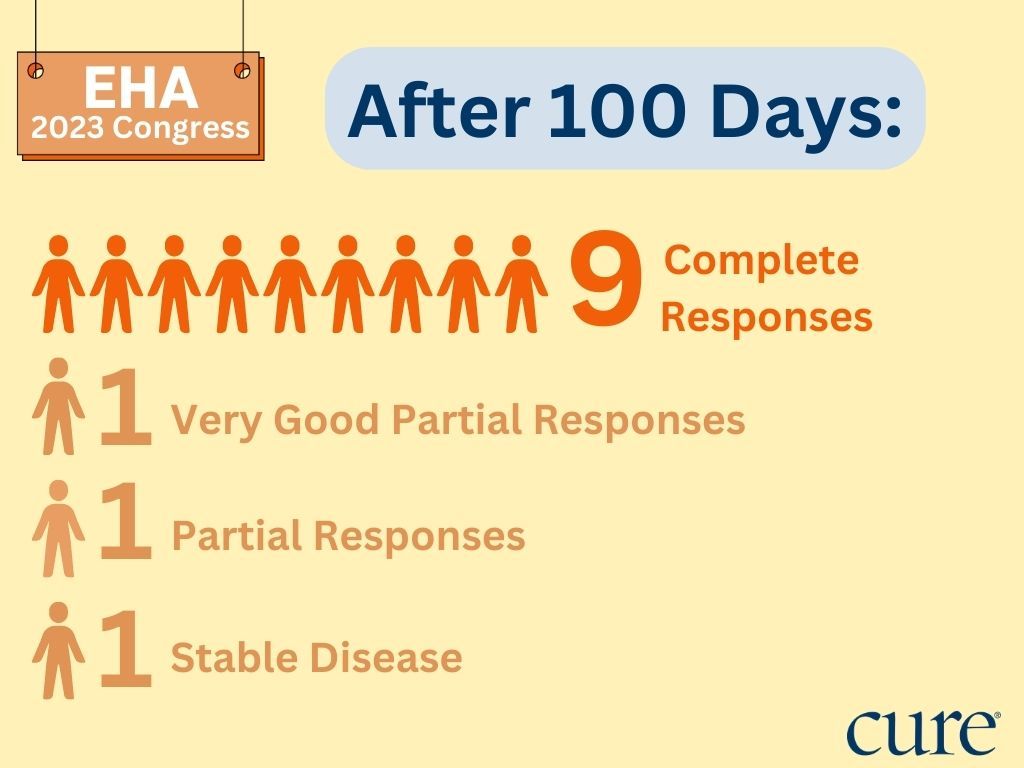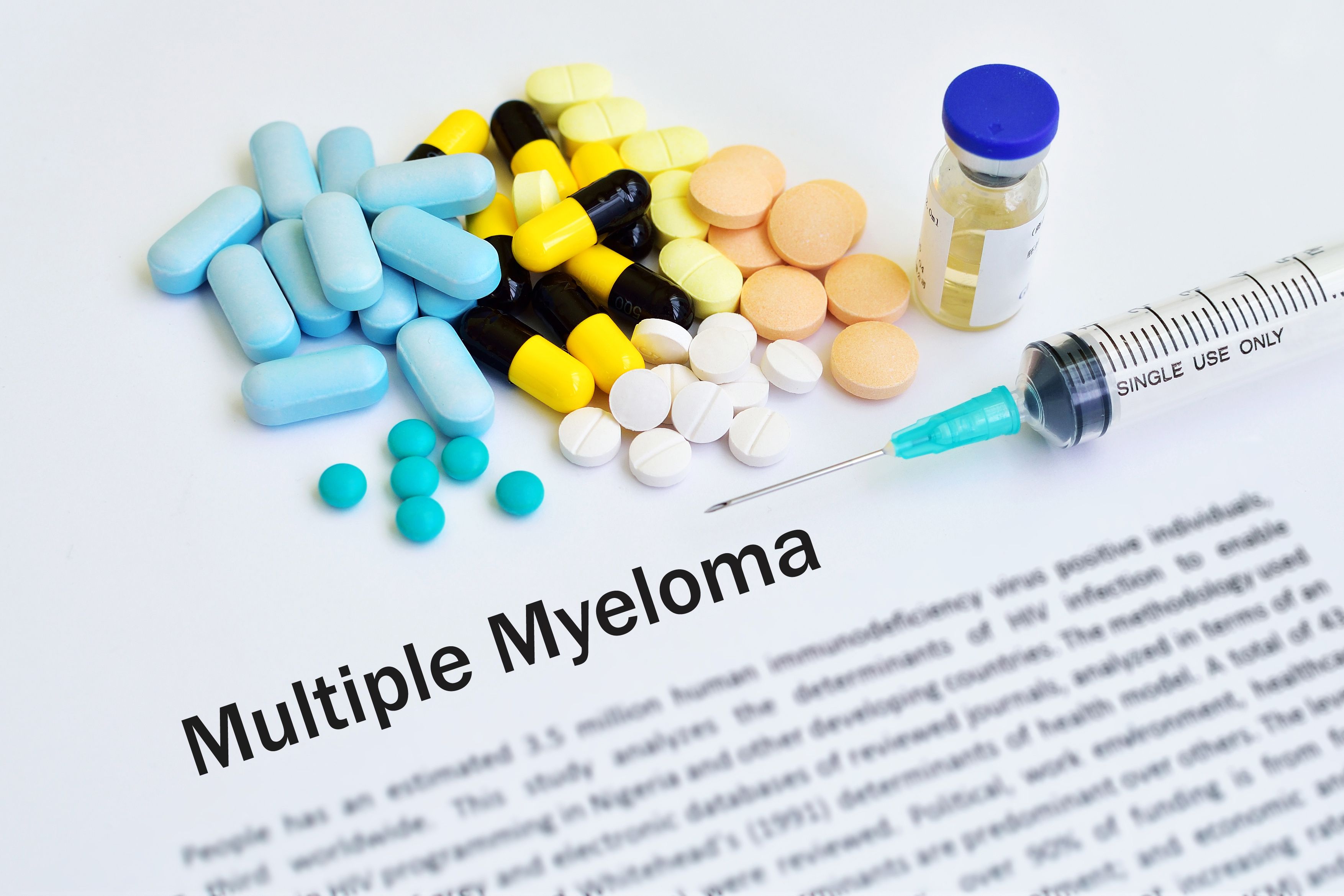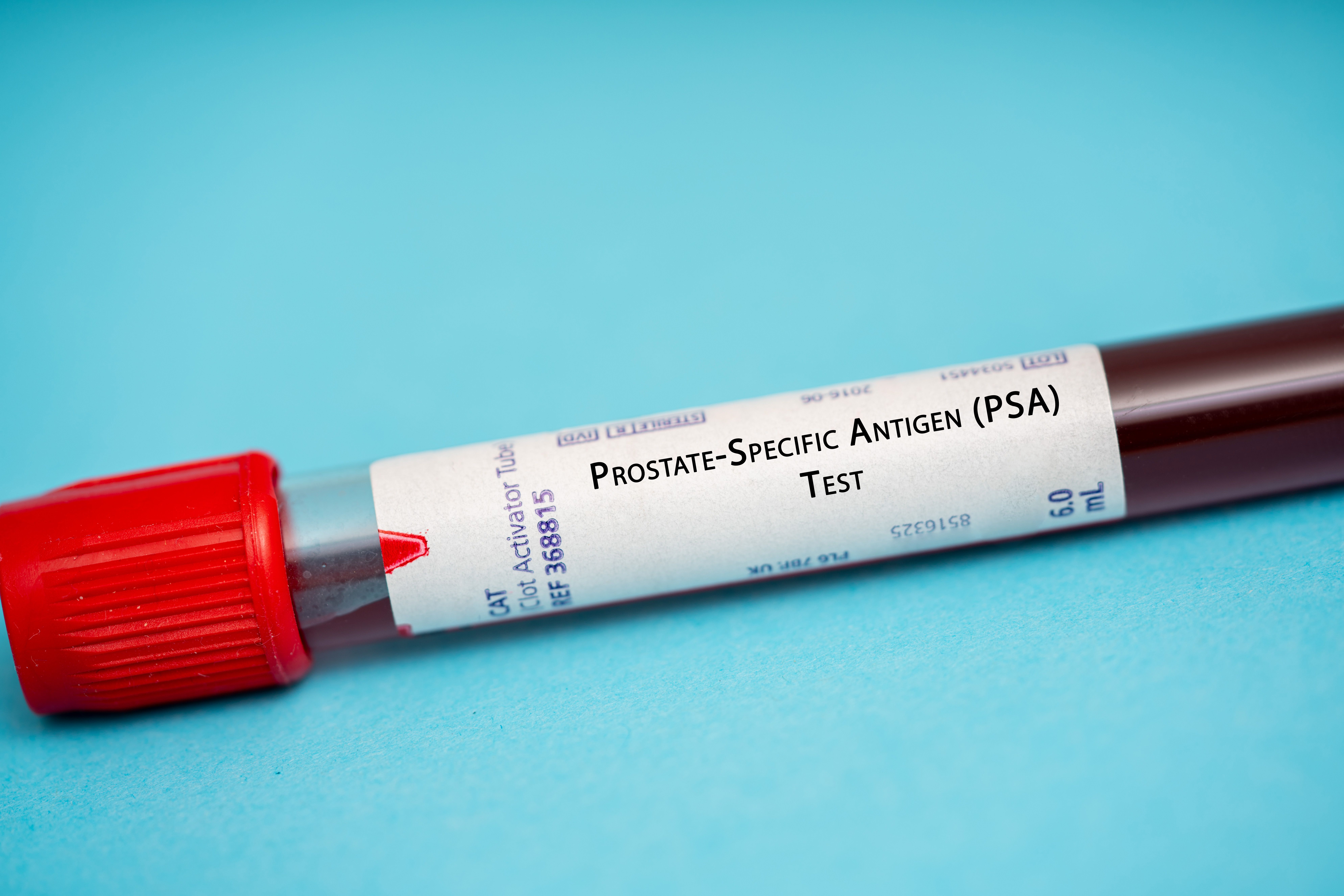Article
Maintenance Darzalex Regimen Promising in Post-Transplant Myeloma
Author(s):
Maintenance Darzalex, with or without Pomalyst was safe and efficacious in treating patients with relapsed myeloma who underwent salvage autologous hematopoietic stem cell transplant.
Darzalex (daratumumab), with or without Pomalyst (pomalidomide) proved to be a safe and efficacious maintenance therapy for patients with relapsed multiple myeloma who underwent a salvage autologous hematopoietic stem cell transplantation (auto-HCT), according to data from a phase 2 clinical trial presented at the 2023 European Hematology Association Congress.
However, of note, the study was terminated early due to a low number of patients who enrolled.
“Maintenance therapy (which is aimed at preventing cancer from returning after treatment) is considered standard of care after upfront autologous hematopoietic stem cell transplantation for patients with newly diagnosed multiple myeloma. However, there is a paucity of data on the use of maintenance after a salvage auto-HCT, whether first or second,” Dr. Oren Pasvolsky, Department of Stem Cell Transplantation & Cellular Therapy, The University of Texas MD Anderson Cancer Center, Houston, and colleagues wrote in their poster presentation.
Therefore, Pasvolsky and colleagues aimed to evaluate whether maintenance therapy with Darzalez, with or without Pomalyst, would improve progression-free survival (time from treatment until the disease gets worse) after salvage auto-HCT.
Maintenance Darzalex
In total, three patients received maintenance therapy with Darzalex alone and 10 patients were given Darzalex plus Pomalyst.
From the date of auto-HCT and from the start of maintenance therapy with Darzalex, with or without Pomalyst, median progression-free survival was 31.9 months and 28.5 months, respectively.
At study entry, six patients (46%) experienced a complete response, meaning that there were no traces of cancer found after treatment. Four (31%) had a very good partial response, two (15%) had a partial response and one patient (8%) had stable disease.
After 100 days on maintenance therapy with a Darzalex regime, nine patients with myeloma experienced a complete response.

At day 100 following maintenance therapy, nine patients (69%) experienced a complete response, while one patient each (8%) had very good partial response, partial response and stable disease. In addition, one patient (8%) experienced progressive disease.
Among the 12 responses to maintenance Darzalex, with or without Pomalyst, best response was complete response in 10 patients (83%) and very good partial response and stable disease in one patient each (8%).
After a median follow-up of 10.6 months (range, 5.7-43.9) from the start of maintenance therapy, three patients experienced disease progress. However, the investigators noted that no deaths have occurred so far.
The most common any-grade side effects included neutropenia (84%), bacterial infection (46%), and diarrhea, fatigue and thrombocytopenia, which is a lowering of white blood cells called thrombocytes (38% each).
Trial Background
Patients received Darzalex via injection under the skin weekly for weeks 1 through 8, followed by every two weeks for weeks 9 through 24, and then monthly from weeks 25 until progression; Pomalyst was administered at an oral dose of 2 mg from day 1 through 21 for every 28-day cycle. In addition, the study authors noted that patients were given herpes zoster prophylaxis for the duration of the trial.
Investigators aimed to enroll a total of 56 patients. Those with prior exposure to Darzalex or Pomalyst were included in the study; however, patients who were refractory to either drug were excluded from the trial.
Progression-free survival was the main goal of the trial, and disease response and minimal residual disease were also evaluated.
The trial only recruited 13 patients between May 2019 and August 2022, and was terminated due to poor accrual.
Median age was 64 years (range, 43-76). The majority of patients were male (54%) and White (69%).
The median range of previous lines of treatment was two (range, two through four). Six patients (46%) previously underwent auto-HCT, while seven patients (54%) had a hematopoietic stem cell comorbidity index higher than three. Further, five patients (38%) reported with high-risk cytogenetic abnormalities.
Previously, eight patients (61%) received melphalan alone, four patients (31%) had received busulfan and melphalan, and 1 patient (8%) was given a combination of gemcitabine, busulfan, melphalan and panobinostat as their conditioning regimen.
The median time from diagnosis to salvage auto-HCT was 58.3 months (range, 7.6-132).
For more news on cancer updates, research and education, don’t forget to subscribe to CURE®’s newsletters here.





